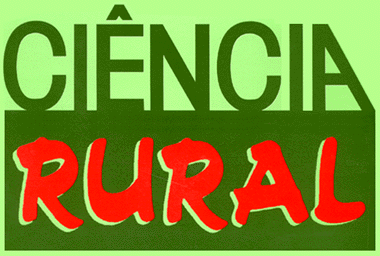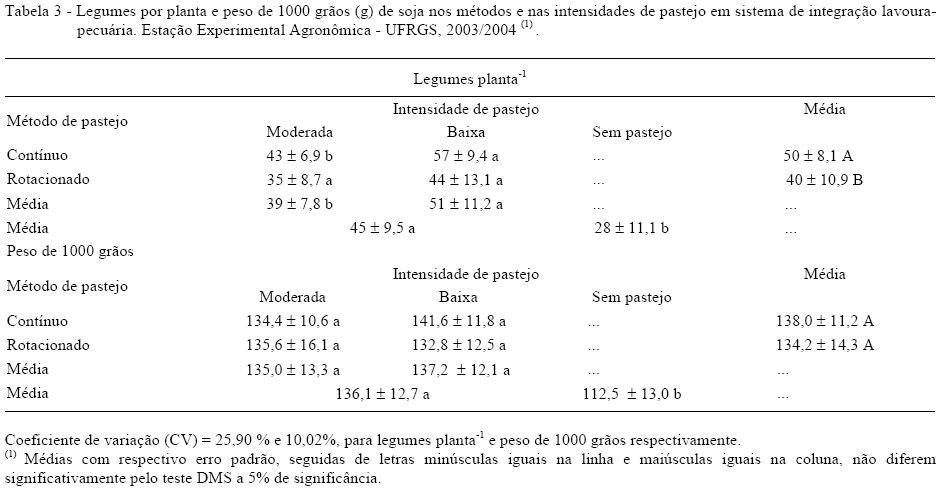Animal-crop rotation systems are fostering the interest of farmers searching for diversification and the increase of profitability. The experiment aimed to evaluate the influence of grazing methods and intensities applied on winter pastures grazed by lambs and its consequence for soybean yield cultivated in succession. This crop-animal rotation trial was conducted in 2003/2004 at UFRGS Agricultural Research Station (Universidade Federal do Rio Grande do Sul) in Eldorado do Sul, Rio Grande do Sul state, Brazil, whose geographical coordinates are 30005'22" S latitude and 51039'08" W longitude. The experimental design was a randomized complete block arranged in a factorial with two grazing methods, continuous and rotational, two grazing intensities, low and moderate, and two soybean rows spacing, 0.2 and 0.4 m, with four replicates. An additional area was surveyed as a no grazing paddock reference and soybean yield attributes were evaluated. Soybean yield was superior in grazed areas (P<0.05) compared to non grazed ones. Among grazed treatments, soybean yield was superior (P<0.05) at low grazing intensity compared to moderate grazing intensity. The grazing intensity level used during winter is fundamental to the success of animal-crop rotation systems.
Lolium multiflorum; Glycine max; continuous grazing; rotational grazing; soybean yield in an animal-crop rotation system: effects of grazing methods and intensities




